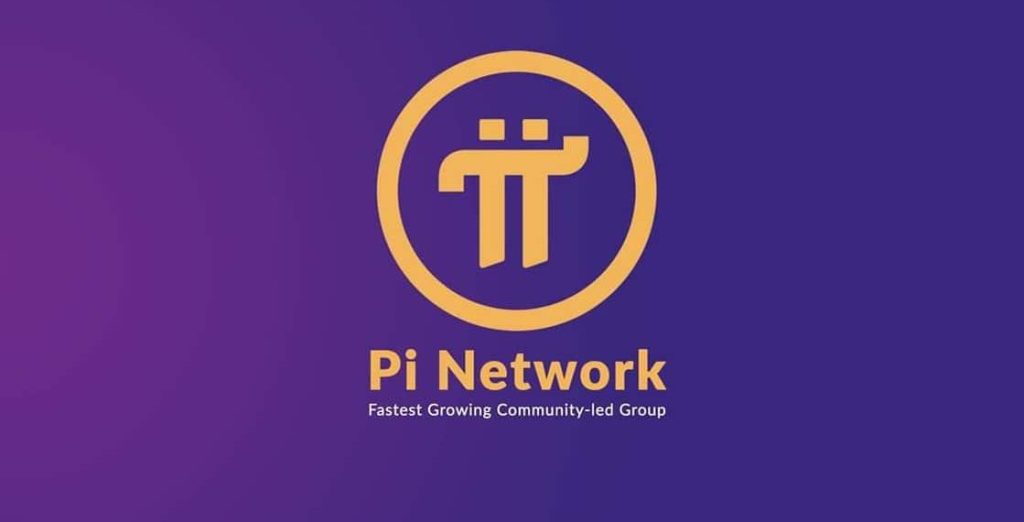Introduction

The world of cryptocurrency is constantly evolving, and with it comes new opportunities for innovation and growth. Among the latest trends, Pi Network has been creating significant buzz as a unique approach to digital currency. Launched in 2019, Pi Network is a revolutionary project that aims to make cryptocurrency accessible to everyone by enabling mobile mining on smartphones. But what sets Pi Network apart from the crowded crypto space, and why is it quickly gaining popularity? In this post, we’ll explore the key aspects of Pi Network and its potential impact on the future of digital finance.
What is Pi Network?
Pi Network is a decentralized cryptocurrency designed to be mined using everyday smartphones. It was developed by a group of Stanford graduates, who recognized the barriers to entry in traditional cryptocurrency mining, such as high electricity costs, the need for specialized hardware, and technical know-how. Their mission was to create a more inclusive and energy-efficient cryptocurrency that anyone could participate in without these obstacles.
At its core, Pi Network allows users to mine its native currency, Pi, simply by tapping a button on their mobile app once a day. The mining process is lightweight, requiring no intensive computing power or excessive energy consumption, making it environmentally friendly and accessible for millions of users.
How Does Pi Network Work?
Pi Network leverages a consensus algorithm known as the Stellar Consensus Protocol (SCP). Unlike Proof-of-Work (PoW) cryptocurrencies like Bitcoin, which require significant energy and computational resources to validate transactions, Pi’s SCP allows users to contribute to securing the network by forming trusted groups of individuals, known as security circles. These circles act as a decentralized verification system that ensures the integrity of the Pi blockchain without central authorities.
Here’s a step-by-step overview of how it works:
- Download the App: The Pi Network app is available for both Android and iOS. After installing it, users can begin mining immediately by creating an account.
- Mine Pi: Every 24 hours, users tap the mining button to begin earning Pi. The amount of Pi earned depends on the user’s activity and engagement, including their role in security circles and inviting others to join.
- Secure the Network: Users build security circles by inviting trusted individuals into their network. These circles contribute to securing Pi transactions and ensuring the decentralized nature of the network.
Why Pi Network is Gaining Momentum
Pi Network’s rise in popularity can be attributed to a combination of factors that make it appealing to both cryptocurrency enthusiasts and newcomers alike:
- Accessibility: Pi Network removes many of the barriers that make cryptocurrency mining inaccessible to the average person. With no need for expensive hardware or technical expertise, Pi opens the door for anyone with a smartphone to participate.
- Low Environmental Impact: As concerns about the environmental impact of cryptocurrency mining grow, Pi’s energy-efficient mining method offers a greener alternative. The mobile mining process does not drain users’ batteries or consume excessive data, making it a sustainable option in the crypto world.
- Early Adoption Opportunity: Pi is still in its early stages, meaning users who join now are considered early adopters. Many see this as a chance to accumulate Pi before it gains value, similar to how early Bitcoin miners benefitted when Bitcoin surged in popularity.
- Community Building: Pi Network places a strong emphasis on community. By inviting friends and family to join their security circles, users contribute to securing the network and increasing their mining rate. This social aspect has helped Pi grow its user base exponentially, as more people are eager to be part of a global financial experiment.
What’s Next for Pi Network?
As of now, Pi Network is still in its testnet phase, meaning that Pi coins cannot yet be traded on cryptocurrency exchanges. However, the development team has outlined a roadmap for launching the Mainnet, which will fully decentralize the network and allow Pi coins to be traded, bought, and sold.
When Pi transitions to its Mainnet phase, it’s expected that Pi coins will gain real-world value, and users will be able to use Pi for transactions, much like Bitcoin or Ethereum. This future potential has driven excitement and anticipation among the millions of users already mining Pi.
Potential Challenges
Like any cryptocurrency, Pi Network faces challenges that could impact its future success:
- Skepticism and Speculation: Since Pi is not yet tradable, some are skeptical about its long-term viability. It’s important to recognize that Pi is still in development, and its future value is uncertain.
- Market Competition: Pi will eventually compete with other established cryptocurrencies, and its success will depend on whether it can differentiate itself and attract a broad user base.
- Security and Scalability: As the network grows, maintaining security and ensuring scalability will be critical to Pi Network’s long-term sustainability.
Conclusion
Pi Network represents an exciting frontier in the world of cryptocurrency. By making mining more accessible, environmentally sustainable, and community-driven, Pi is positioning itself as a project with the potential to bring decentralized finance to the masses. While its future remains uncertain, Pi Network’s vision of a more inclusive cryptocurrency ecosystem has attracted millions of users worldwide.
Whether Pi will live up to its full potential is something only time will tell, but one thing is certain: the Pi community is growing rapidly, and the world is watching closely. If you’re curious about cryptocurrency but have felt overwhelmed by the complexity and costs of mining, Pi Network might be the perfect place to start.